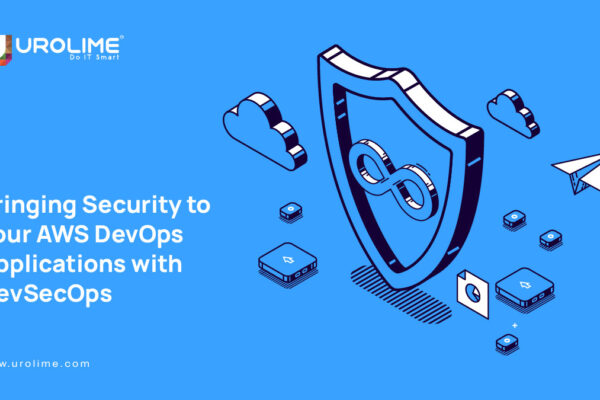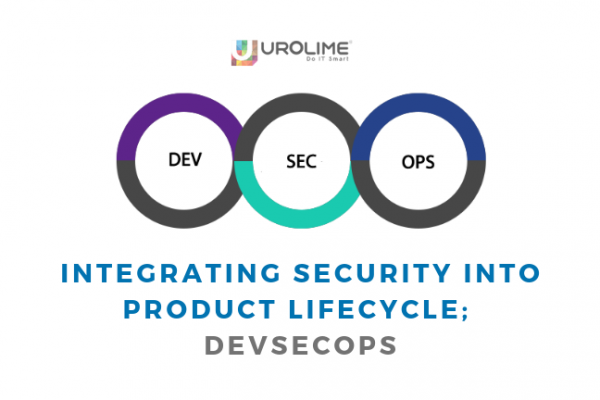With the rise of DevSecOps, security has become a part of the software development process right from the earliest stages. The approach has revamped the way organizations perceived security. Sans DevSecOps, DevOps teams need to rebuild and update all their systems in case a vulnerability is found, wasting time, money and effort.
While implementing DevSecOps, consider these 3 key factors.
#1 Leverage static, reproducible, and immutable build environments
Reduce vulnerabilities and ensure application quality by creating build environments with
systematic, repeatable build processes. It is also advisable to implement a process across your organization for how open source language builds are resolved for licenses, dependencies,and security. This increases the overall agility. Trusted and curated language distributions ensure these benefits reach across the entire team. Further, they can also construct the three lifecycle stages of open source languages:
- Build
- Certify
- Resolve
#2 Use the latest versions of components from actively maintained projects
When using pieces of code or other components from outdated or poorly maintained open source software poses great threat as it can provide exploitable attack vectors. The problem with open source packages is that these are created by multiple contributors and may not go through a stringent security screening process. However, the packages that have gone through a security assessment earlier may contain new vulnerabilities yet to be detected.
What is the solution?
- Organizations should develop and implement policies that prevent the use of vulnerable modules, packages,and libraries.
- The inventory of packages used by applications must be maintained and updated regularly
- In case a vulnerability is detected in any of the packages, a new versions must be deployed by applying patches.
#3 Be proactive, Go ahead
- Make sure that license compliance and vulnerability considerations are identified during the development process, not after.
- Know the components used in the application and scale this component knowledge across your entire application portfolio.This enables teams to keep security goals at the forefront.
- Scan all third-party open source components for license compliance and vulnerabilities.
- Monitor open source packages for vulnerabilities
- Utilize agentless monitoring to ensure that security is deployed right at the source code. Thus, enabling the security teams to keep pace with the development process.
The new dawn of security
It is not the sole responsibility of a developer to implement DevSecOps standards within the organization. However, the developer is responsible for creating a security standard during development. He/she must go beyond the bare minimum security concerns including vulnerability checking, license compliance, component checks and develop a stronger security strategy using available tools and processes. DevSecOps brings a paradigm shift by implementing security right from the initial stages of development, saving time and money and ultimately improving security and time-to-market.
![]()






